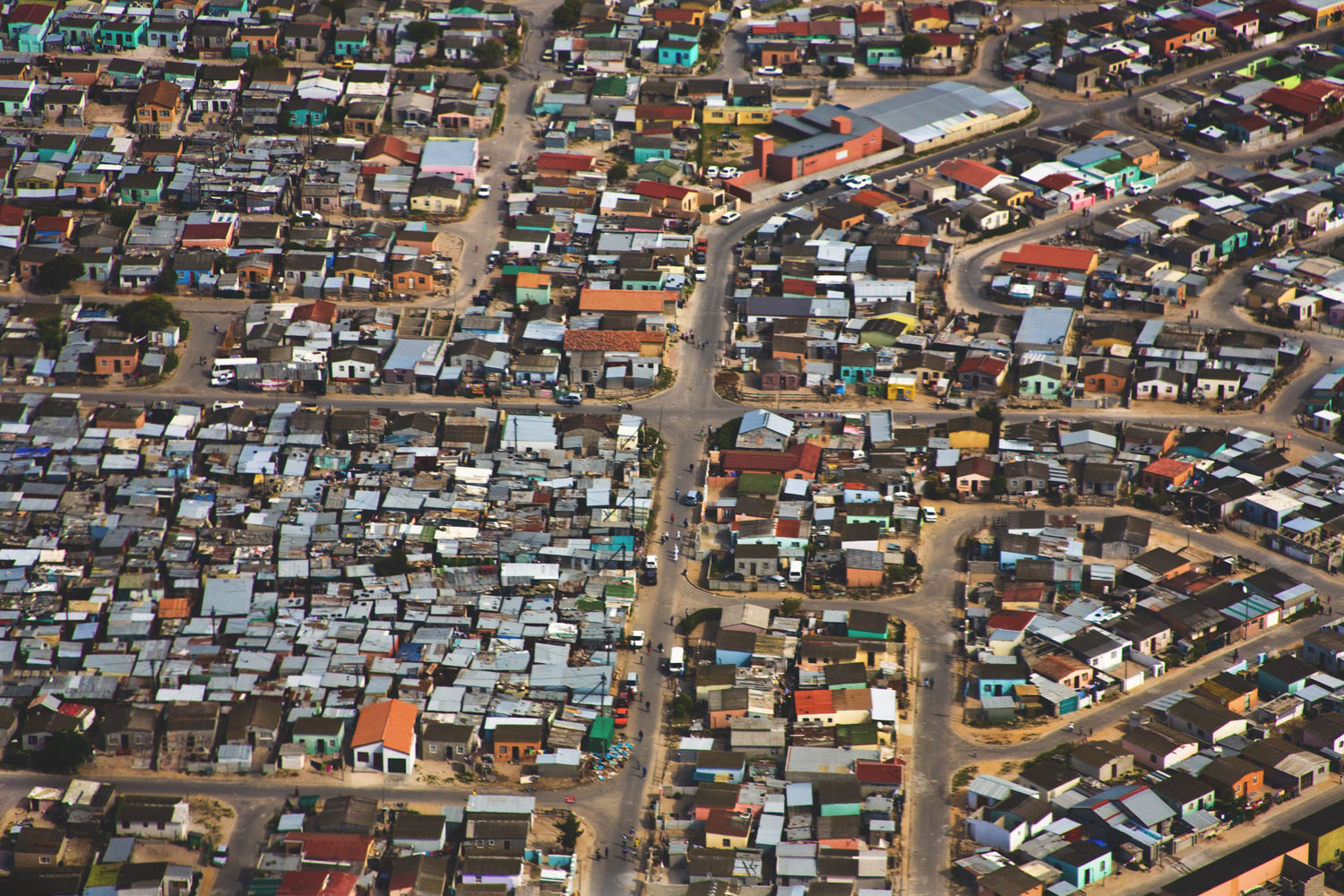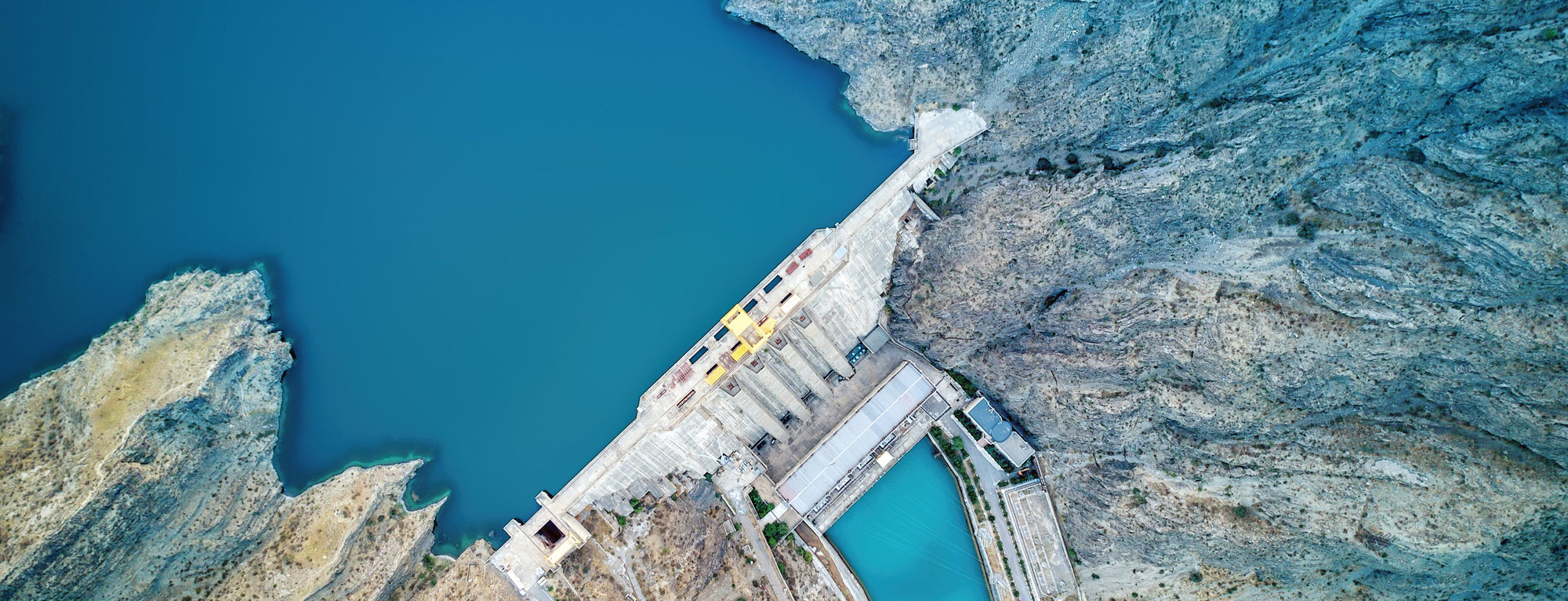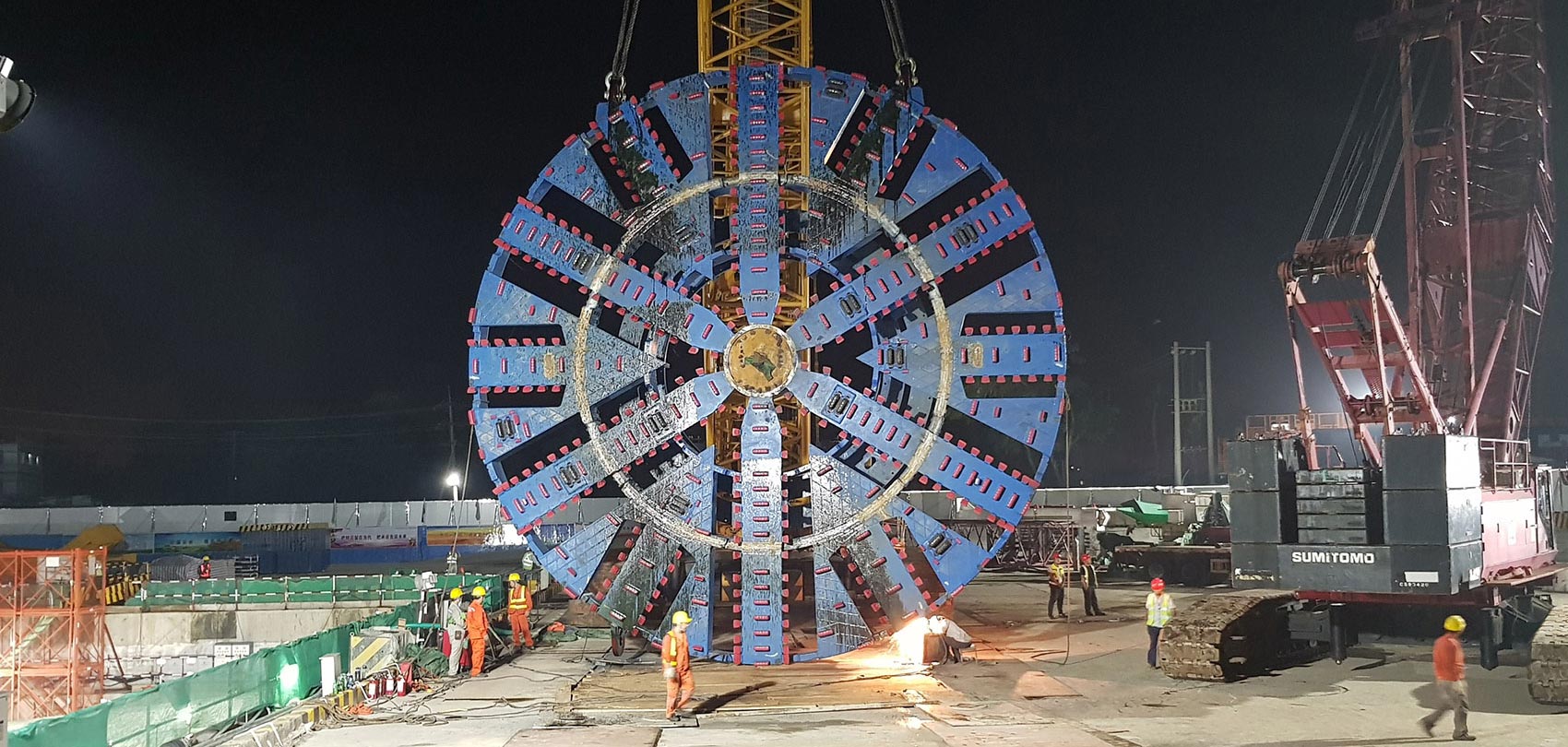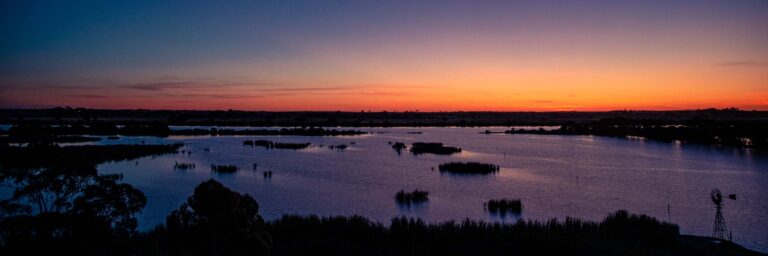
In a relatively dry country like South Africa, water conservation is a priority for everyone; from government bodies wanting to appropriately charge for water use, to people in both metropolitan and rural areas who need reliable water sources.
In the KwaZulu-Natal province, the eThekwini Municipality (“the Municipality”) partnered with SMEC to rectify the problem by embarking on an Informal Area Metering Project as part of their Non-Revenue Water Master Plan.
SMEC provided design, construction supervision and strategic project management on the project which will not only increase revenue for the state but also improve the lives of many South Africans.
Already, the results are being realised with massive cost savings for the municipality as it eradicated the need for the installation of several meters, restoring land for other uses.
The problem
Multiple informal settlements within the Municipality were exposed to sub-standard living conditions and many people did not have access to proper drinking water. This forced residents to make use of the existing standpipes, tapping into main water lines to provide fresh water to their families.
Over the years the existing infrastructure deteriorated. In addition, water used from the crude connections was not accounted for and created an imbalance of water use for the community. Damaged pipes prone to extensive leaking and unreliable bulk meters meant that the Municipality was unable to accurately measure or optimise water feeds into informal settlements.
Innovating to meet challenges
From initial shapefiles provided by eThekwini Water and Sanitation (EWS), we identified work packages and informal settlements based on dwelling density and location of the settlement within the existing cadastral layout.
In the design phase, it was problematic to analyse the various informal settlements throughout the region due to multiple water feeds into a single settlement, crossed pipework, non-operational valves and dwellings that already had meters. However, it was essential to the project’s success that we accurately measure pressure and flow during the design phase, to ensure that correct meter sizes were installed.
In most cases, informal settlements were not metered or only partially metered. The Municipality is around 2, 297 square kilometres in size and has approximately 549 informal settlements, with new settlements mushrooming every month. Our approach to the project was to meter as many informal settlements as possible, considering cost, efficiency and practicality.



Data channels: Metering strategy
We began metering at the supply boundary points of informal settlements and innovated to measure multiple feeds through a single meter. At a high level, this was achieved through:
- Excluding metered dwellings through analysing smaller District Metered Areas (DMAs)
- Carrying out field investigation to identify polygons that could be metered through a single bulk meter, rather than having individual meters installed at boundary points to these polygons.
- Identifying existing bulk meters on site to measure other water feeds within a certain range.
This strategy provided the Municipality with more accurate readings and more reliable water balance, while also ensuring that water was supplied to residents at adequate pressures and flows. It also meant significant cost savings as the Municipality was able to read just a single meter rather than multiple meters.
Data capture and management
It wasn’t enough to devise an innovative way of capturing meter data – we also developed customised, in-house data solutions to support information handling, programme reporting and management.
The Power BI tool enabled our client to have real-time, online access to the project’s progress. The platform illustrated different stages of the project, including site investigations, construction activities, as-built maps and even project expenditure.
Information captured on site was shared with the office team on a real-time basis with the use of tablets which allowed for easy decision making and minimised delays.
Further innovations included the development of largely automated processes that converted traditional as-built drawings into the Municipality’s required GIS format, which was then incorporated into its asset management systems.
Results already flowing in
During the construction phase, we installed 391 manifolds, with meter sizes ranging from 15 millimetres to 80 millimetres in diameter, and replaced damaged pipes.
Through the Contract Participation Goal (CPG) programme, SMEC employed local labourers and contractors from within the informal settlements where possible, stimulating local business growth and building capability.
Already, the results are being realised with massive cost savings for the municipality as it eradicated the need for the installation of several meters, restoring land for other uses.
We ensured that meters were installed in areas that did not affect indigenous plants and trees, and where meters could be read more quickly and easily.
“Working on this project, our young professionals were exposed to many challenges which were dealt with as a team”, said Jashmer Rajcoomar, Function Manager, Management Services. “This inspired some of our future engineers to consider making a difference by choosing the field of water engineering as their career path.”
Related
insights
 70 Years Forward: Water and hydropower
70 Years Forward: Water and hydropower
"The water and hydropower sectors have changed dramatically since our origins on the iconic Snowy Mountains Hydro Scheme 70 years ago in 1949, one of the largest and most complex hydroelectric schemes in the world. While technology has advanced rapidly, water is and will continue to be an essential and ever scarcer global resource."
 A circular economy for water: water demand and fit for purpose supply
A circular economy for water: water demand and fit for purpose supply
Australia, and the world, is increasingly seeing the effect of climate change on our water supply and security. Scarcity and drought are becoming more prevalent, placing pressure on the current water supply network, and communities are expecting better solutions. As we mark National Water Week in Australia and prepare for summer, it is time to discuss how we best utilise our existing water supplies and create a more resilient future.
 Breaking new ground on Bangladesh’s first underwater tunnel
Breaking new ground on Bangladesh’s first underwater tunnel
Bangladesh is a country of rivers. The Karnaphuli River services the city of Chattogram (formerly called Chittagong), the largest sea port of Bangladesh. With the rapid development of southeast Bangladesh, especially in the regions south of Chattogram, the two existing bridges over the Karnaphuli River are inadequate to accommodate the increase in traffic. With a population of over six million, the heavily congested city of Chattogram is closely surrounded on the east by the Chittagong Hill Tracts and the west by the Bay of Bengal, making an additional bridge type crossing of the Karnaphuli River unviable.
 Collaboration key to successful community outcomes for water resilience projects
Collaboration key to successful community outcomes for water resilience projects
The Murray-Darling Basin is an area of vast significance to Australia. It plays a crucial role in Australia’s food supply network, producing over 40% of our agricultural produce, and is home to 35 endangered species and 16 internationally significant wetlands. It supports over 2.2 million Australians, including 40 different First Nations communities.




